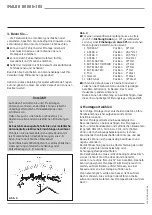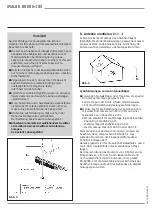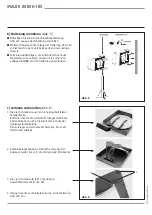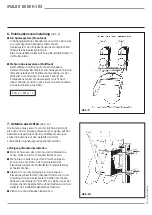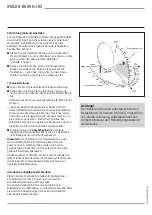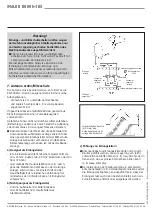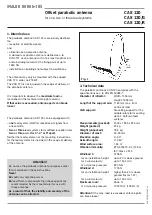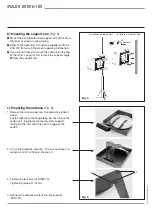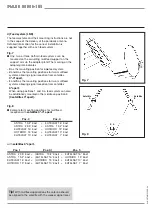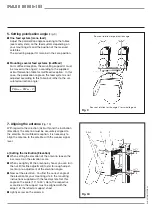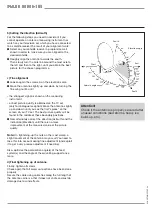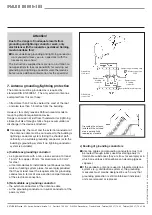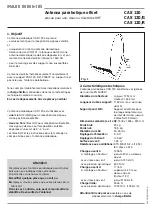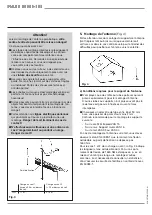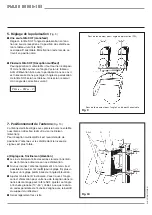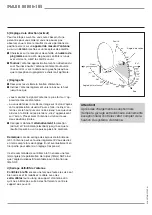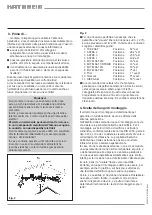
936.2079/A/
0206
/3.8e
Attention!
The installation work can create dangers for your
health and life.
Therefore:
The mounting procedure described here demands
skills and a knowledge how the antenna behaves
when being subjected to atmospheric conditions.
If you do not have the required skills, ask a
specialist to do the installation work.
When working on the roof or near to drop away
sites, use a safety belt.
Make sure that the roof will support your weight.
Wear non-slip shoes!
Use ladders or other climbing aids that are in per-
fect condition.
If passers-by can be hurt by falling objects, block
the danger area.
Watch out for overhead power lines. Getting into
contact with these means danger to life!
Never work on the antenna during a
thunderstorm or when one is approaching.
This can put your life at risk!
5. Installation of the antenna
(Fig. 4)
Make sure that the antenna support (foot mount, mast or
wall bracket) is installed in a vertical position, otherwise
the alignment of the antenna to the satellite can create
problems.
a) Requirements for the antenna support
Only use masts or supports specially suited to be
used as an antenna support. Other supports often do
not have the necessary strength required for the envi-
ronmental conditions.
Choose a mast that has a diameter of 60-90 mm and
a wall thickness of at least 2 mm.
For mounting, Kathrein Werke KG recommends the
following components:
- Ground mounting: Tripod ZAS 15
- Wall mounting: Wall support ZAS 16
- Roof mounting: Mast ZAS 03 or ZAS 04
When mounting takes place on the roof, keep in mind
that the maximal admissible bending moment on the
fixing point is 1650 Nm according to EN 50083-1.
From this, the maximal admissible mast lengths, which
are listed in Fig. 3, are determined for windload 1 and
windload 2.
In the case of a greater bending moment than 1650 Nm
on the fixing point, for example, due to a longer mast
and additionally mounted antennas, a static engineer is
required to guarantee safety of the system and/or
building according to EN 50083-1.
Fig. 3
Fig. 4
Fixing point
Windload
Windload
up to 20 m above ground
(> 20 m above ground)
L
max
1.1 m
0.75 m


